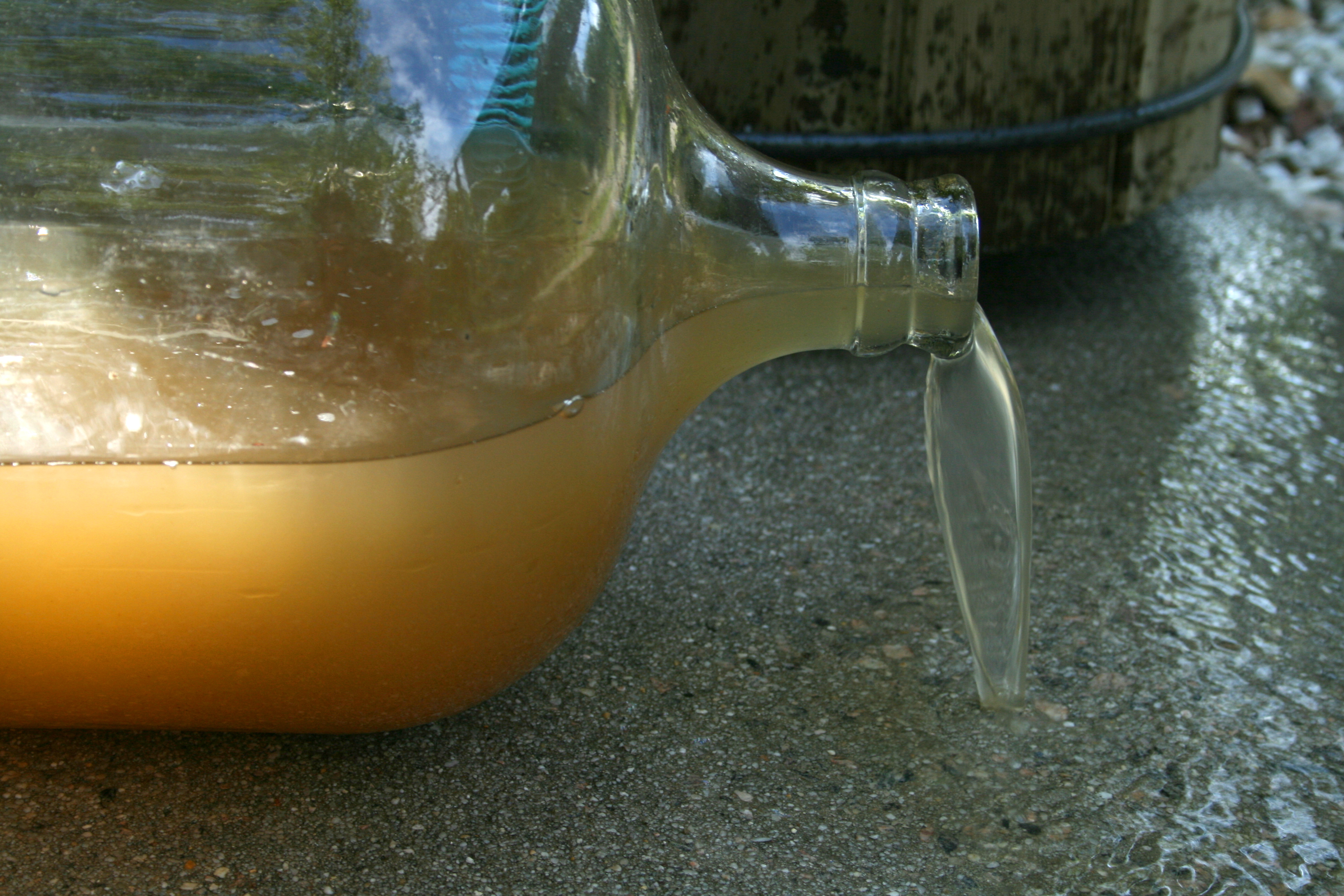Views expressed in opinion columns are the author’s own.
Almost all of the Environmental Protection Agency’s actions since 2016 have disregarded Earth’s rapidly growing vulnerability to the effects of climate change. But they do more than that. These rollbacks and seemingly anti-science rules disproportionately target communities of color and low-income populations.
The EPA under President Donald Trump’s administration has rolled back a total of 53 environmental regulations, with 32 more in progress as of September 12, 2019. In October 2018, the EPA put off approving a controversial “transparency in regulatory science” rule, which required researchers to provide all raw data before the EPA could use any case or statistical evidence to justify new regulations. Because many public health studies involve subjects’ confidential medical information, it would be virtually impossible to verify research and translate it into tangible public policy.
Now, the EPA has drafted a new version of the rule that has basically ignored all concerns of science and health professionals. Under the guise of making the science behind policies more transparent to the public, the EPA under Andrew Wheeler is making it even more difficult to enact new regulations on air pollution or water quality.
Communities of color and poor populations have long lacked access to adequate health care, which makes them particularly vulnerable to the impacts of air pollution or chemical contaminants in their water supplies. Low-income communities of color are often located in urban centers, which are more susceptible to high levels of air pollution. Take Baltimore, for example — a 2018 report declared Baltimore’s air quality one of the worst among U.S. metropolitan cities. The study monitored locations throughout the city and recorded days in 2016 in which half or more locations reported elevated ozone levels — Baltimore had 114 days.
Additionally, smog, or ground-level ozone, causes a range of respiratory issues from coughing and wheezing to asthma and permanent damage to lung tissue. Baltimore’s population is 62.8 percent black, and between 2013 and 2017 has had a median household income of $46,641 — about $10,000 less than the national average. As a city with large populations of people of color and low-income households, Baltimore residents are especially defenseless to the effects of EPA rules that retract pollution regulations.
Flint, Michigan, which has a population that is 53.9 percent black and 39.9 percent white, is another low-income population that would be disproportionately impacted by the EPA’s actions. The median household income between 2013 and 2017 was $26,330, which is less than half the national average. Around one-third of its residents live below the poverty line.
Flint is also a city with a long history of polluted and unsafe drinking water — families that were already in poverty had to survive on bottled water and find funds for home water-filtration systems. Flint serves as proof that we need more regulations on water quality, not less, and that having fewer regulations has detrimental impacts on struggling communities.
Andrew Wheeler’s EPA targets populations that are already at risk and have less access to health care. In what is likely an effort to enable corporations to make greater profits by forgoing environmental health and safety precautions, these rollbacks will be hurting those who are already the most vulnerable in our nation.
Liyanga de Silva is a senior English and women’s studies major. She can be reached at liyanga.a.ds@gmail.com.



